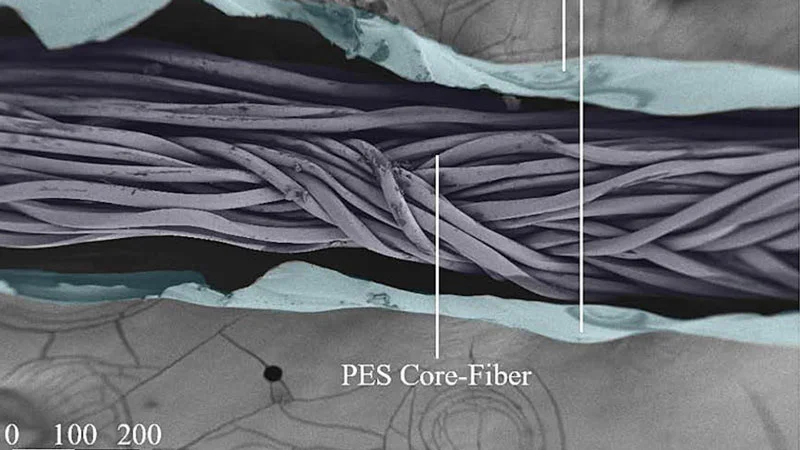An interdisciplinary group of scientists from Drexel University (Drexel University) presented self-healing concrete. For this, the solution is reinforced with fibers containing special bacterial spores. The development will be able to eliminate expensive repair work, which will also reduce the need for construction materials, the production of which causes one of the most serious harms to the environment.
Humanity is constantly building and repairing. Concrete became the most popular material during this period. An enormous amount of fossil resources are wasted on the production of cement and its-based mortars, which contribute up to 8% of carbon dioxide to annual greenhouse gas emissions. Self-healing concrete structures will help you save on repair costs and will also reduce harmful emissions into the atmosphere.
A group of physicists, chemists, biologists, materials scientists and civil engineers from Drexel University found a possible solution to the problem. Scientists have long known about bacteria that mineralize carbon extracted from the air, turning it into “stone”. If such bacterial colonies settle in the cracks of concrete, they will independently fill the cracks with minerals and glue their edges.
Researchers chose a promising bacterial strain for the given task Lysinibacillus sphaericus . There remains the question of how to protect the bacteria and activate them so that only cracks appear. To do this, bacterial spores were placed in a hydrogel and covered with a polymer shell. The result was the thinnest polymer reinforcement that gives concrete additional strength.
If a crack appears in polymer-reinforced concrete, the internal pressure releases hydrogel and bacterial spores when it reaches the fiber. The spores developed into living bacteria that fed on calcium and absorbed carbon from the air, forming mineral compounds such as calcium carbonate instead. The crack grew at a rate that promised similar wounds in concrete would heal within a day or two.
The material developed by scientists is not yet suitable for commercial use, and there is still a lot of work to be done for this. However, the idea works quite well and can eventually be implemented. Bacteria can even be planted in cracks alone without adding a solution first. Repairs will be reduced to a walk through buildings with aerosol bottles, mortar buckets, trowels and the like instead of mortar. We are waiting for a video on the Internet on how to grow beneficial cement bacteria at home, for example, on pearl barley.













